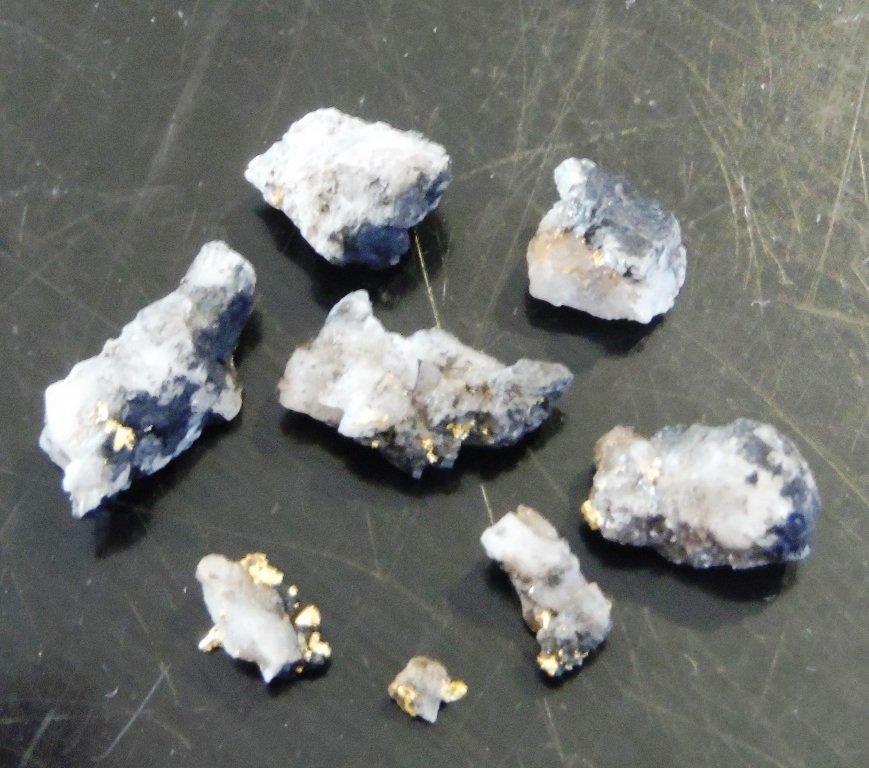I have worked with hydrofluoric acid all my life, I have seen people burnt, and the following is accurate, not sensationalist.
HF is dangerous stuff. A lot of people don't realise because a drop on the skin often doesn't have the immediate effect of sulphuric, hydrochloric or nitric acids. However it is a silent killer. The acid penetrates the flesh and keeps going. It will "rot" bones, but more to the point, it reacts with blood in blood vessels. My understanding is that it causes the calcium in the blood to precipitate as the mineral fluorite (Ca fluoride). Unfortunately the correct calcium balance is needed in the blood to control breathing - so you simply stop breathing and die (one of many ways it kills). A droplet in the eye can blind you. Breathing its vapours is a horrible way to go.
Hydrofluoric Acid is an acid like no other. There may be no pain immediately after the burn, leading the injured person to believe that they are not in danger. It is so potent that contact with it may not even be noticed until long after serious damage has been done. Even very strong acids, and mixtures of acids, like Aqua Forte and Aqua Regia, do not have the power to cause death and injury in the way that Hydrofluoric Acid can. Some universities will not permit it in their laboratories.
Hydrofluoric acid (HF) differs from other acids because the fluoride ion readily penetrates the skin, causing destruction of deep tissue layers, including bone. Pain associated with exposure to solutions of HF (1-50%) may be delayed for 1-24 hours. Because Fluorine has an extremely high affinity for Calcium, bones will be attacked. If HF is not rapidly neutralized and the fluoride ion bound, tissue destruction may continue for days and result in limb loss or death. Dilute solutions deeply penetrate before dissociating, thus causing delayed injury and symptoms. Burns to the fingers and nail beds may leave the overlying nails intact, and pain may be severe with little surface abnormality. It is so potent that contact with it may not even be noticed until long after serious damage has been done. Just spilling it down your arm can cause rapid death.
Deaths have been reported from concentrated acid burns involving as little as 2.5% Body Surface Area (BSA)
How do I work - mask, gloves, large volumes of water immediately available to flush a burn, and calcium gluconate gel within easy reach. The most effective treatment is to stop it penetrating the flesh.
Container of calcium gluconate gel - this gel must be inspected before each use of HF or at least monthly to ensure the gel has not been removed or has not reached the
expiration date. If a tube of the gel has been opened, a new container must be purchased and the old container discarded. No work with HF can be done with an expired tube of calcium gluconate gel.
Immediately remove all exposed clothing taking necessary precautions to prevent self-exposure (wear gloves) while washing all exposed areas with copious amounts of water. Application of 2.5 to 33% calcium gluconate or carbonate gel or slurry, either placed into a surgical glove into which the affected extremity is then placed, or rubbed into the burn, is recommended. Use calcium gluconate for skin treatment only, but this stops much penetrating. Call ambulance for emergency treatment even if victim feels fine.




